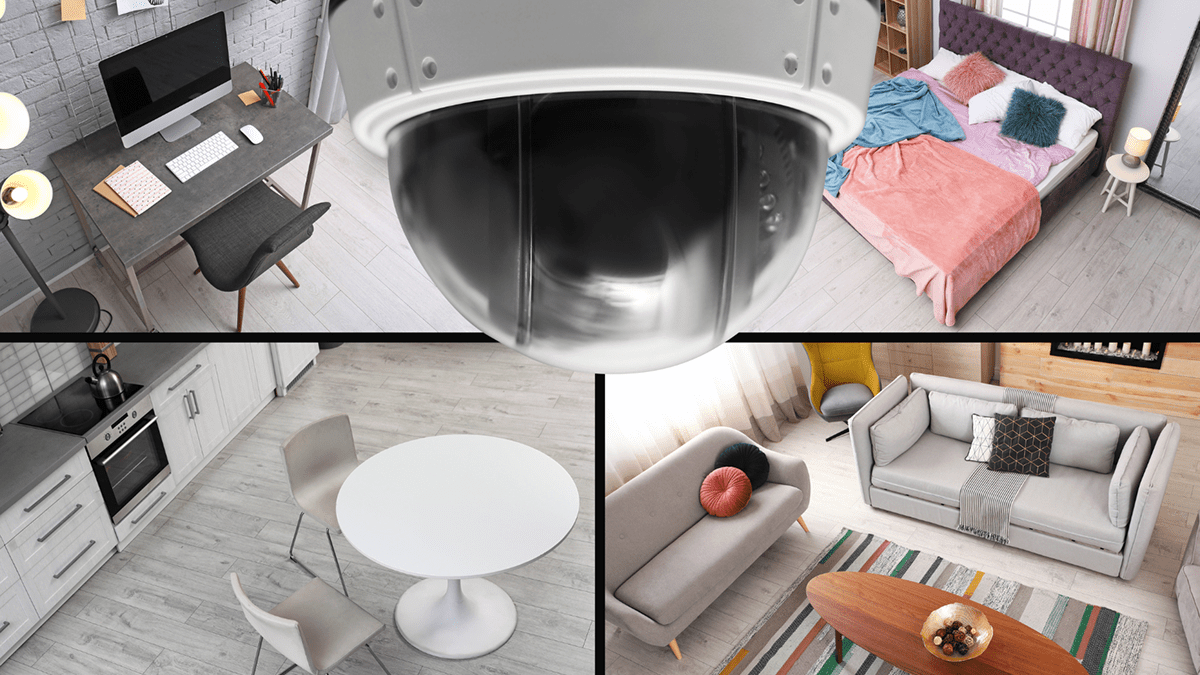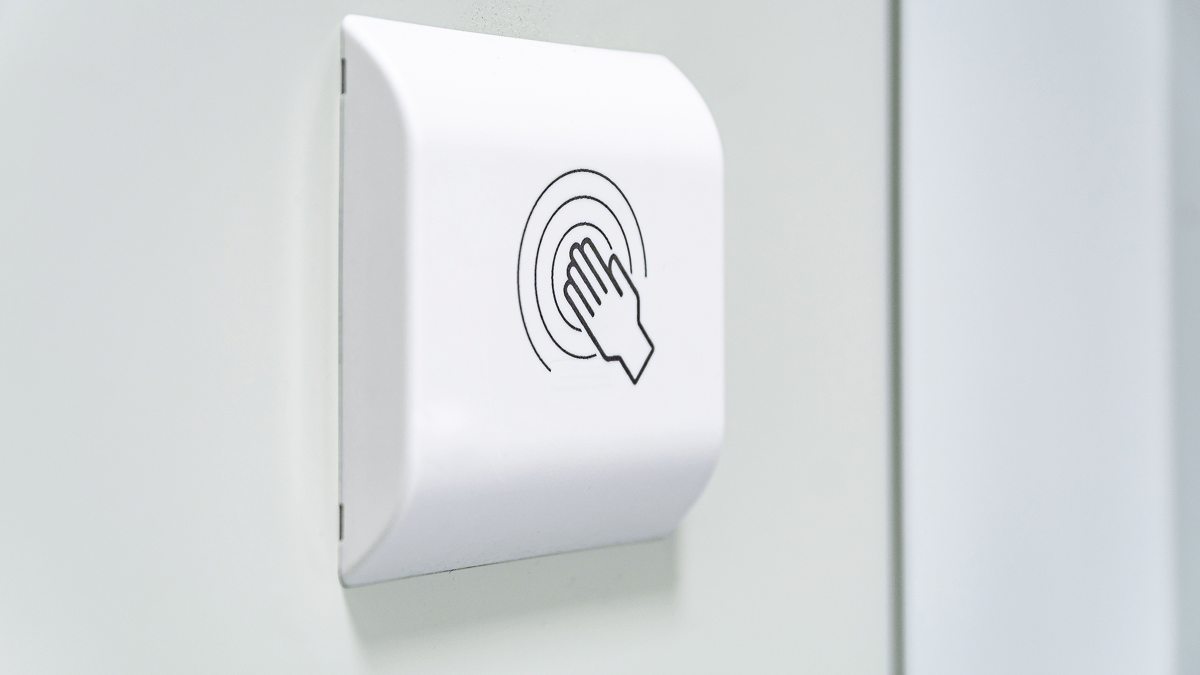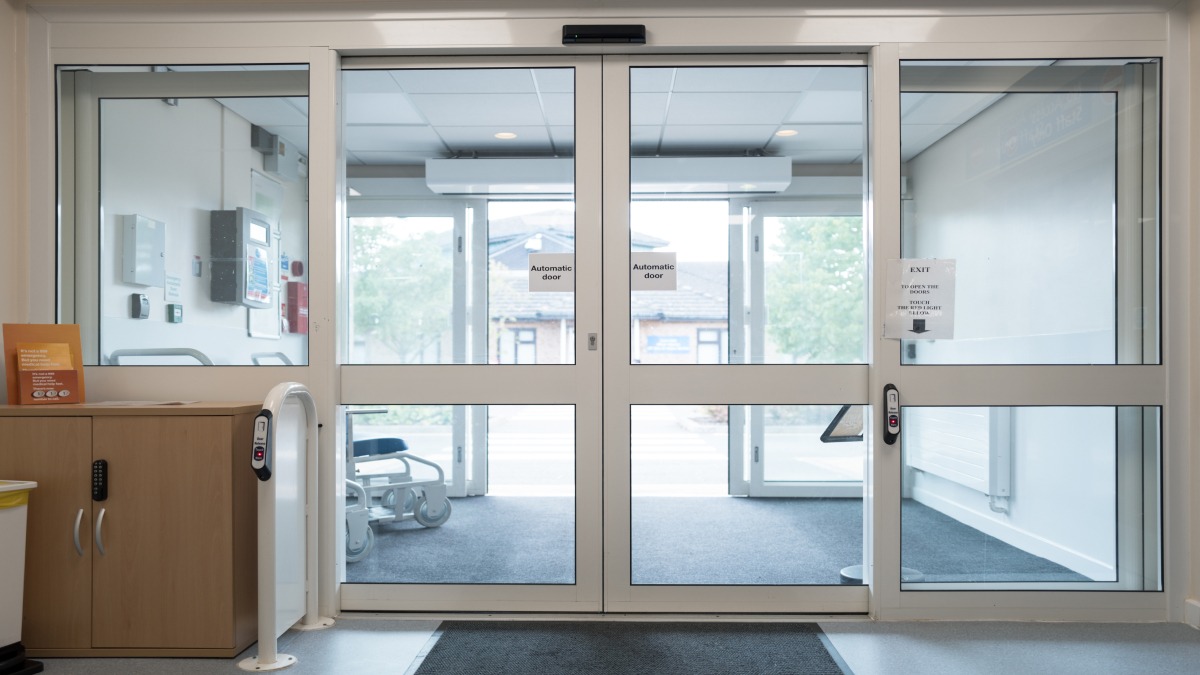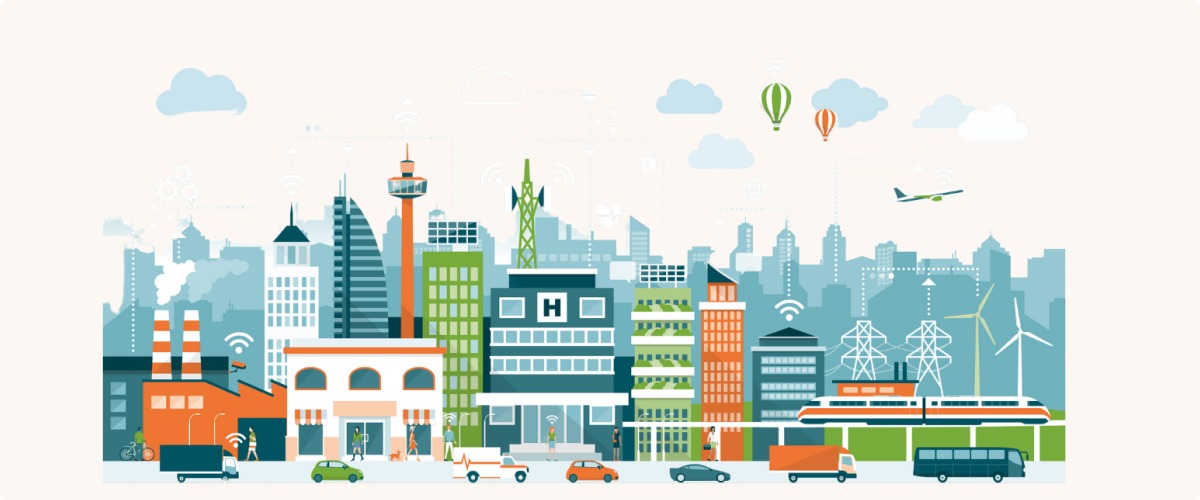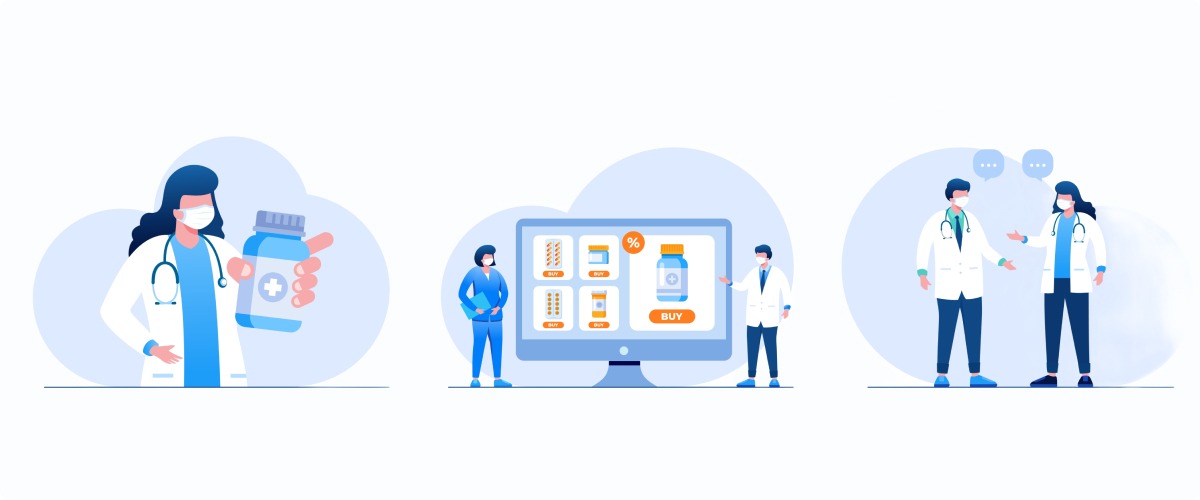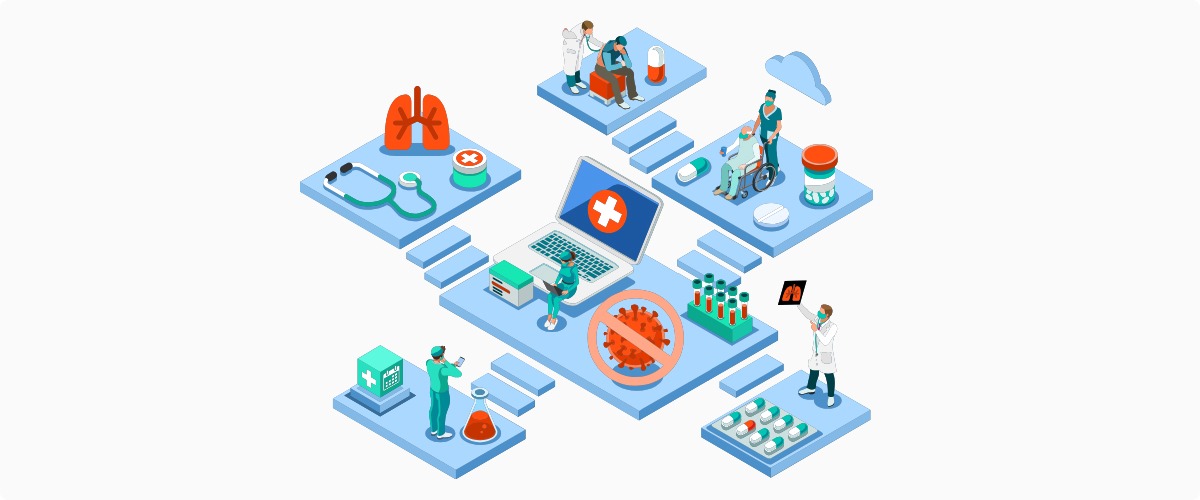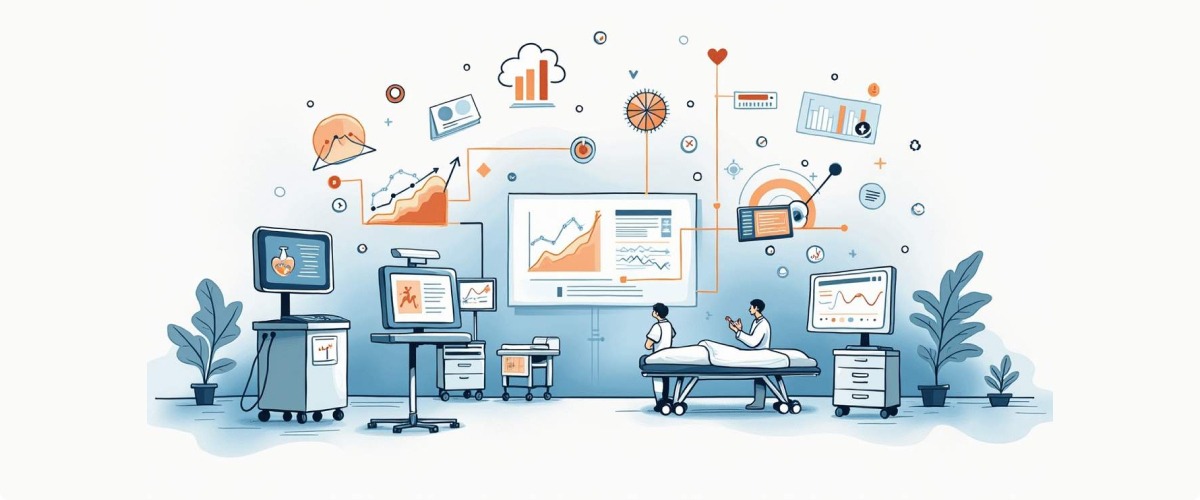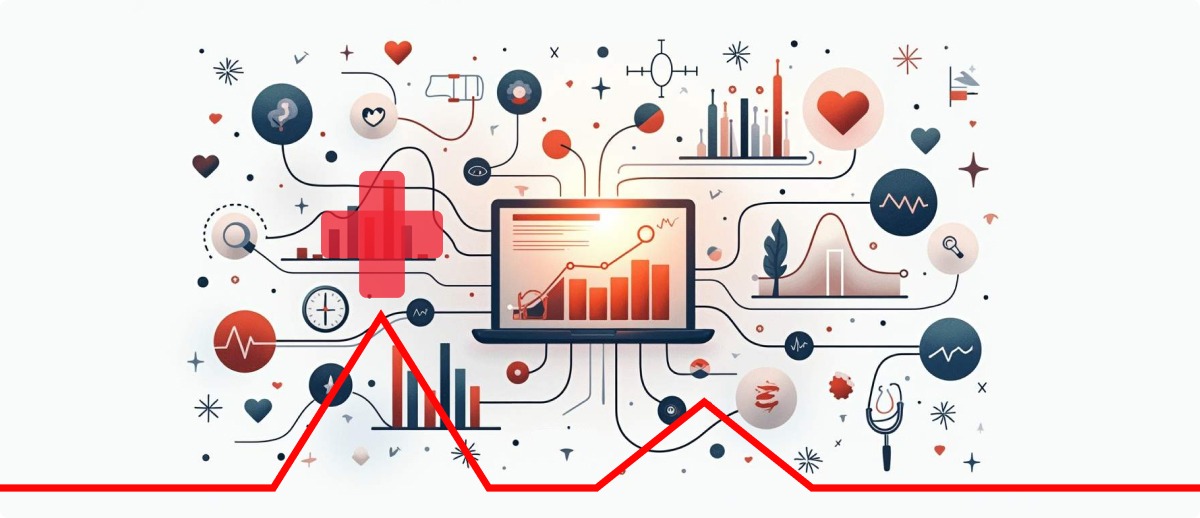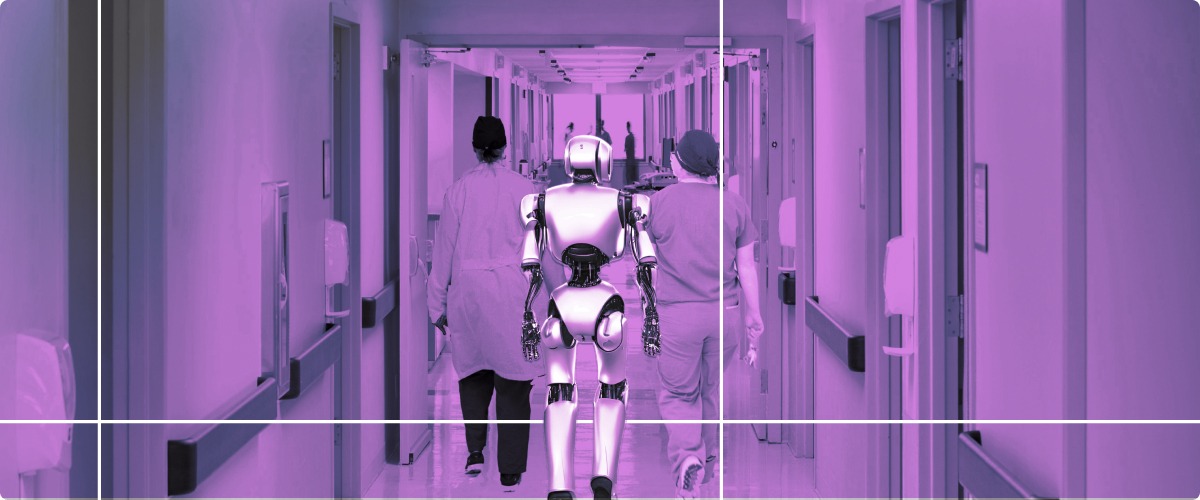In Part 1, we looked at the limitations of traditional remote patient monitoring. In Part 2, we explored how AI-powered Remote Patient Monitoring (RPM) improves safety, efficiency, and patient independence. Now in Part 3, we turn to strategy: how AI aligns with value-based care, meets regulatory expectations, and prepares providers to scale home-based care with confidence.
Monitoring Beyond Vitals: The AI Advantage in Remote Patient Monitoring
AI-driven remote patient monitoring contributes directly to the goals of value-based care: better outcomes at lower cost. These systems proactively identify risk and enable earlier intervention — reducing hospital readmissions, ED visits, and avoidable complications.
Instead of reacting to patient deterioration, care teams act before escalation. That not only improves clinical outcomes but also aligns with reimbursement models that reward preventative, coordinated, and patient-centered care.
Missed Part 1 of this blog series, catch up here: AI for Remote Patient Monitoring: Transforming Home-Based Healthcare.
Enhancing Patient and Caregiver Experience
Remote patient monitoring isn’t just about metrics — it’s about peace of mind. Patients want safety without constant supervision. Families want reassurance without overwhelm. AI-powered monitoring respects both. It operates passively and alerts caregivers only when necessary.
That leads to less stress, more autonomy, and higher satisfaction scores — all crucial in value-based contracts that weigh experience alongside outcomes.
Skip to other blogs in the series ➔
Understanding the Regulatory and Reimbursement Landscape
In the U.S., RPM is reimbursable under CMS codes like 99453, 99454, and 99457. These cover device setup, data capture, and clinical review — enabling scalable use of monitoring technologies in both chronic and post-acute care.
While AI-specific codes don’t yet exist, tools that reduce costs and improve care quality are increasingly recognized by public and private payers. Most AI-powered monitoring systems do not make diagnostic decisions, which keeps them in a regulatory gray zone outside of FDA’s higher-risk oversight.
Globally, countries like Canada and the UK are also funding RPM pilots and population health models, recognizing the value of proactive, AI-driven risk detection at home.
What Experts and Early Adopters are Saying
Healthcare organizations such as Ontario Health, Kaiser Permanente, and Mayo Clinic are already scaling AI-powered remote monitoring. They’re using it to support aging-in-place strategies, post-discharge recovery, and chronic disease management.
Industry analysts, including Gartner and McKinsey, point to AI-powered behavioral monitoring as the next evolution in digital health — shifting from episodic to continuous, context-aware care.
Missed Part 2 of this blog series, catch up here: How AI Enhances Remote Patient Monitoring: Safety, Scalability, and Smarter Care.
Key Steps to Implementing Remote Patient Monitoring with AI
Adopting AI-enabled RPM requires a clear plan:
- Define goals – Identify high-impact use cases: fall prevention, readmission reduction, chronic disease.
- Get clinical buy-in – Demonstrate that AI enhances — not replaces — clinical judgment.
- Choose interoperable systems – Integrate with your existing EHR and workflows.
- Pilot and measure – Start with a test population, track outcomes, and iterate.
Looking for a practical roadmap to implementing AI-powered RPM? Read our guide: From Reactive to Predictive: A Guide to AI-Enabled Remote Patient Monitoring.
The Future of Home-Based Care Starts Now
Staffing shortages, aging populations, and payer pressures aren’t going away. AI-powered remote patient monitoring offers a way forward: smarter visibility, faster response, and care that reaches patients wherever they are.
If your organization is planning for long-term sustainability, now is the time to invest. Ready to see AI-powered remote monitoring in action? Request a personalized demo and explore how it can scale care — safely and affordably.
Read the Full Series on AI in Remote Patient Monitoring
Explore how AI is transforming care at home — from identifying new risks to scaling smarter, safer systems
Start with Part 1 → AI for Remote Patient Monitoring: Transforming Home-Based Healthcare
Continue with Part 2 → How AI Enhances Remote Patient Monitoring: Safety, Scalability, and Smarter Care
Finish with Part 3 → You’re here!

